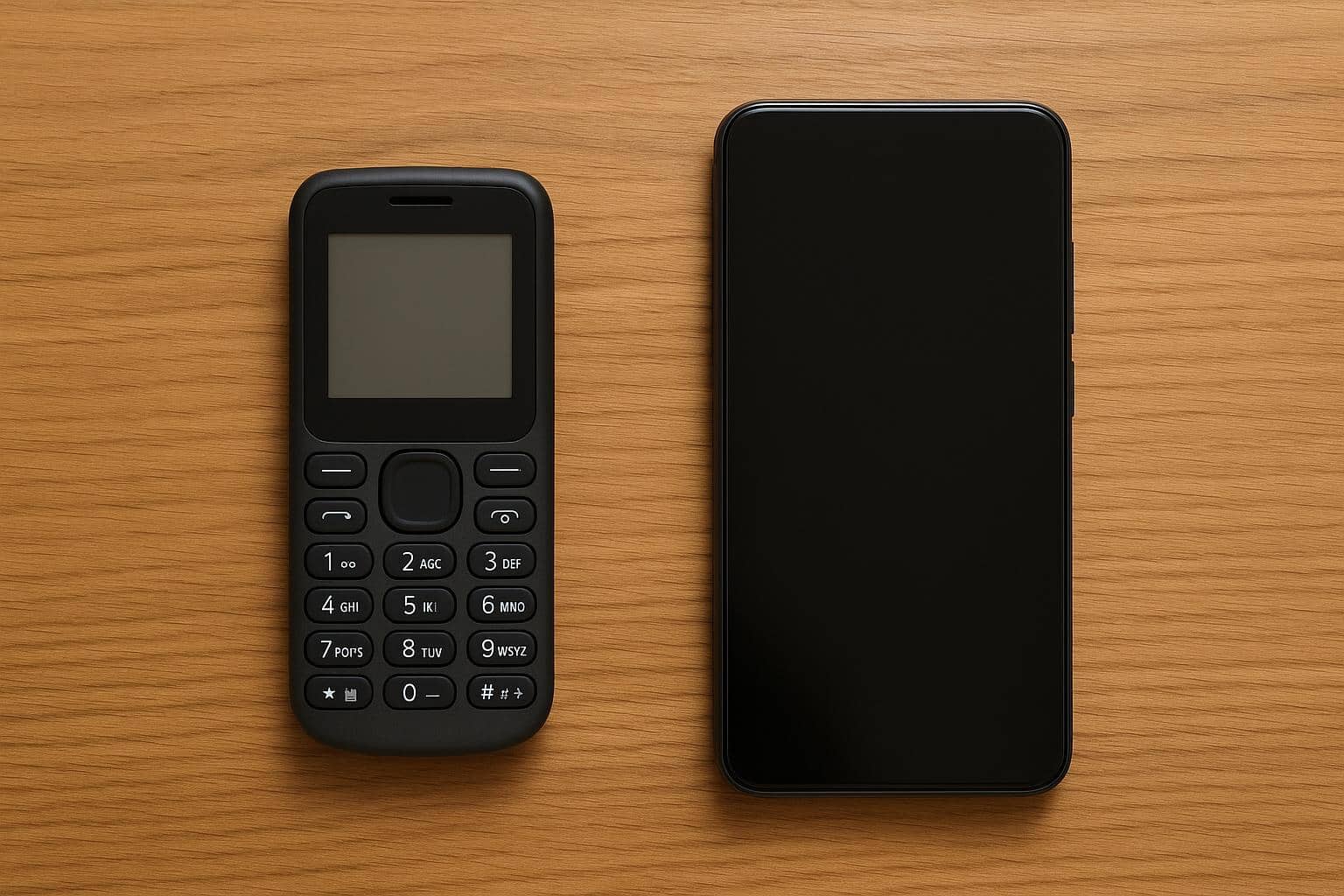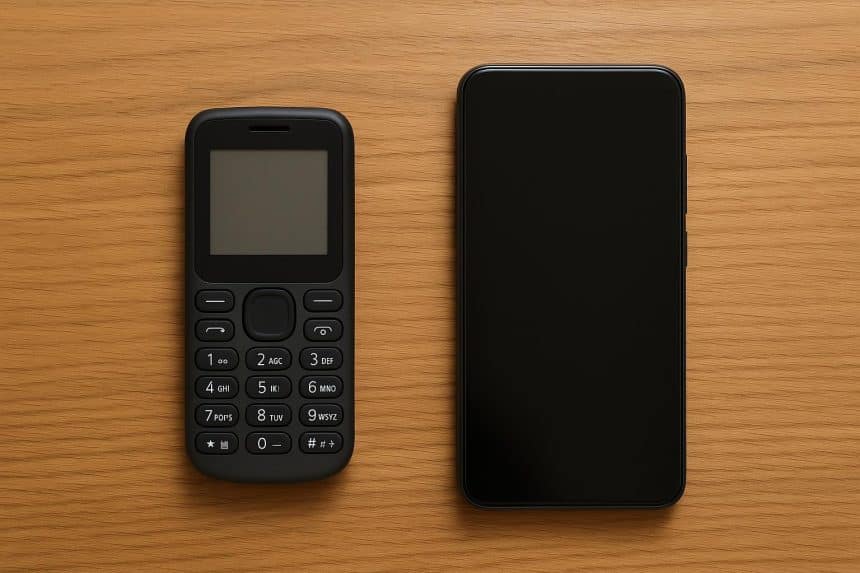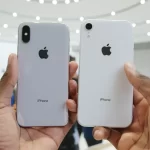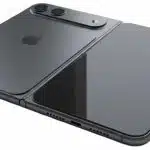Smartphones promised connection, productivity, and convenience. Then they delivered relentless notifications, endless feeds, and a subtle erosion of attention. That backlash has given rise to something delightfully counterintuitive: a new wave of dumbphone usage — especially among Gen Z. Far from being technophobes, many young people are deliberately choosing simpler devices to reclaim focus, privacy, and sanity.
This trend isn’t a nostalgia trip. It’s a deliberate cultural choice. People aren’t ditching tech; they’re curating it. Some even use minimalist setups alongside smarter payment solutions — for example, grabbing a Visa e-gift card to fund necessary subscriptions or top-ups while keeping their daily device footprint tiny and distraction-free.

Why simplicity feels so satisfying
There are a few big reasons Gen Z finds the dumbphone appealing:
Mental health and attention
The constant barrage of dopamine-triggering content has real consequences. Many users report better sleep, reduced anxiety, and improved concentration when they limit themselves to basic calls and texts. A dumbphone removes the habitual “just one more scroll” moment and replaces it with intentionality.
Control and boundaries
A lightweight device enforces a practical boundary: work hours end, social media pauses, and your attention belongs to you. Gen Z values clear lines between their online and offline lives — something a simple phone provides without complicated settings or app-by-app management.
Privacy and minimal data exposure
Modern smartphones generate a mountain of data — location, app usage, speech snippets, biometric data. Dumbphones collect far less. For privacy-conscious users, that reduced footprint is not just comforting; it’s empowering.
How dumbphones fit into modern life
Dumbphones aren’t a one-size-fits-all solution. People adopt them for different reasons and use patterns:
- Primary phone: Some go fully minimalist, relying on calls, SMS, and basic navigation.
- Secondary phone: Others carry a dumbphone for focused hours and tuck away their smartphone.
- Travel or festival device: A simple, rugged phone is perfect for trips where you want low risk and high battery life.
- Parental control: Parents give kids dumbphones to stay reachable without early social media exposure.
These use cases show that “dumb” often means “purposeful.” The device does what you need and nothing you don’t, which is the whole point.
Design, affordability, and culture
Minimal devices are no longer purely practical; they’ve become cultural objects. Brands like Light Phone and Punkt have made minimalism stylish: clean design, tactile buttons, and a philosophy you can wear. At the same time, legacy feature-phone makers (think Nokia variants and rugged models) provide ultra-affordable options, making the shift accessible across incomes.
Affordability ties into modern purchasing habits, too. People who limit smartphone use still need online access sometimes — to buy music, subscriptions, or prepaid credits. That’s where digital payment workarounds come in handy. Instead of linking expensive credit cards, minimalist users often top up services using gift cards or prepaid options; searching for a Visa e-gift card cheaper on Eneba is an example of combining privacy-minded spending with the convenience of online access.
The social angle: identity and resistance
Choosing a dumbphone is also social signaling. It says: “I value my attention.” For Gen Z — a cohort hyper-aware of digital harms — that can be a form of status rather than deprivation. It’s a statement against performative busyness and a quiet rebellion toward more meaningful interaction.
That said, the movement is inclusive, not exclusionary. Minimalists aren’t rejecting innovation; they’re rejecting the idea that every new feature is a necessary one. The smartest adopters keep a smartwatch or tablet for specific tasks while refusing the all-consuming attention economy.
Practical tips for trying a dumbphone
- Start with a digital detox day using your phone in airplane mode.
- Choose a model that matches your needs: rugged for travel, sleek for daily calls.
- Use prepaid e-gift or top-up cards for occasional online purchases to avoid exposing bank details.
- Tell friends and family about your choice so they understand response expectations.
Final thought
The comeback of the dumbphone isn’t a rejection of tech — it’s a refined relationship with it. Gen Z isn’t opting out; they’re opting better: more privacy, more focus, and more control. And when they do need to bridge the gap between low-tech living and digital services, they reach for simple, discreet payment methods — a strategy that balances convenience with the ethos of minimalism.
If you’re exploring a pared-back lifestyle but still want secure ways to buy digital goods or top up accounts, Eneba digital marketplace makes it easy to access gift cards, prepaid options, and vouchers — so you can have the best of both worlds: calm in your pocket and freedom online when you need it.












